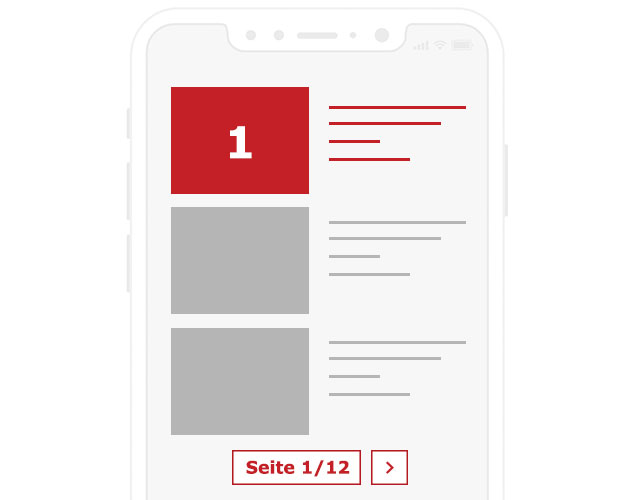is a companion
is broken-in
is lunged
DE
Page-1-Ad

DE
DE
DE
DE
DE
US
BE
DE
DE
DE
US
BE
DE
US
US
US
DE
US
US
US
There are now probably more Gypsy Horses in the British Isles than any other breed. That’s not surprising given that these sturdy horses with their flowing manes and tails and feathering on the legs are excellent riding and driving horses. Their superb temperament and ability to bond with humans is another reason people buy a Gypsy Horse. However, the road to recognition has not always been easy for the breed. Today, though, people who sell a Gypsy Horse can be reassured that the sterling qualities of their horses are much better-known and appreciated.
The Gypsy Horse is an important part of the history and culture of travelling folk in the British Isles. In the north of England, it’s believed there was a tradition of travelling potters who needed steady horses to carry their fragile wares. Their ideal was the stocky, reliable pony of the Yorkshire and Durham Dales. However, they wanted a showy horse that would help to announce their arrival, and the eye-catching piebalds and skewbalds, also known as “coloured cobs” were perfect for this. The story really begins in the middle of the 19th century, however, when several types of traveller, including those of genuine Romani descent as well as the community of showmen, began to use horse-drawn waggons for travelling around the British Isles. The horses were various colours, but they were all steady, reliable and often feathered on the legs. In the Romani community, the waggons or vans were known as vardos, and they were gorgeously decorated while neat and cosy inside. There was a preference for solid-coloured horses in mainstream society and so coloured horses were often slaughtered. Travelling folk were able to acquire horses of excellent quality due to this bias, including coloured Shire horses which they prized highly. Their horses were vital to their way of life so they took care to produce animals that were willing, hardy and great members of the family. The travellers had an oral rather than a written tradition and so passed on the breeding history of their horses by word of mouth. They displayed their horses at traditional social gatherings such as Appleby Horse Fair. In 1996, Dennis and Cindy Thompson introduced the traditional cob type into the USA, named it the Gypsy Vanner and created a breed registry. Worldwide recognition for the Gypsy Horse had begun.
There are now several registries worldwide, and height and breed standards vary from country to country. Because Gypsy Horses travelled around with their families, they experienced more than many other horses and developed unflappable characters. They are prized today as reliable and versatile all-rounders. Stocky they may be, but they move with a flash of spirit and presence!
The Gypsy horse is also known as the Gypsy Cob, Traditional Cob, and Traditional Gypsy Cob. Another term is Irish Cob, although historically that term was applied generally to all-round ride and drive cobs in Ireland, not just those belonging to travelling people. In the USA they are also known as Gypsy Vanners in recognition of their draught qualities. Many people who sell a Gypsy Horse worldwide will be members of the UK-based Traditional Gypsy Cob Association (TGCA), the official body for passport registration. The breed comes in many colours and different heights, but piebald and skewbald (black and white or brown and white) are always popular when people buy a Gypsy Horse. Horses with Blagdon (“splashed”) colouring are also admired.
The Gypsy Horse is known for its friendly, gentle, and willing nature. These horses are very people-oriented and are known for being easy to handle and train. They have a great temperament and are often used for therapy and as children’s horses due to their docile and patient nature. Gypsy Horses are also known for their intelligence, which makes them quick learners and able to perform a variety of tasks. They are very social animals and thrive on interaction with their human companions.
The Gypsy Horse has a distinctive and eye-catching appearance that sets it apart from other breeds. They are known for their long, flowing manes and tails, which are often kept thick and untrimmed. The feathering on their feet is also a characteristic trait of the breed, adding to their unique look. The breed comes in a variety of colors and patterns, including black and white, brown and white, and piebald, and they often have a very stocky build. Their compact size, coupled with their powerful build, makes them an ideal breed for both riding and driving.
The Gypsy Horse, also known as the Gypsy Vanner or the Irish Cob, is a relatively new breed, with its origins in the United Kingdom and Ireland. It is believed that the breed originated from a combination of Shire, Clydesdale, and Fell ponies, which were bred with local Gypsy horses. These horses were used by the Gypsies for transportation, and the breed evolved over time to become what we know today as the Gypsy Horse. The breed was introduced to the United States in the 1990s and has since become a popular breed for both riding and driving.